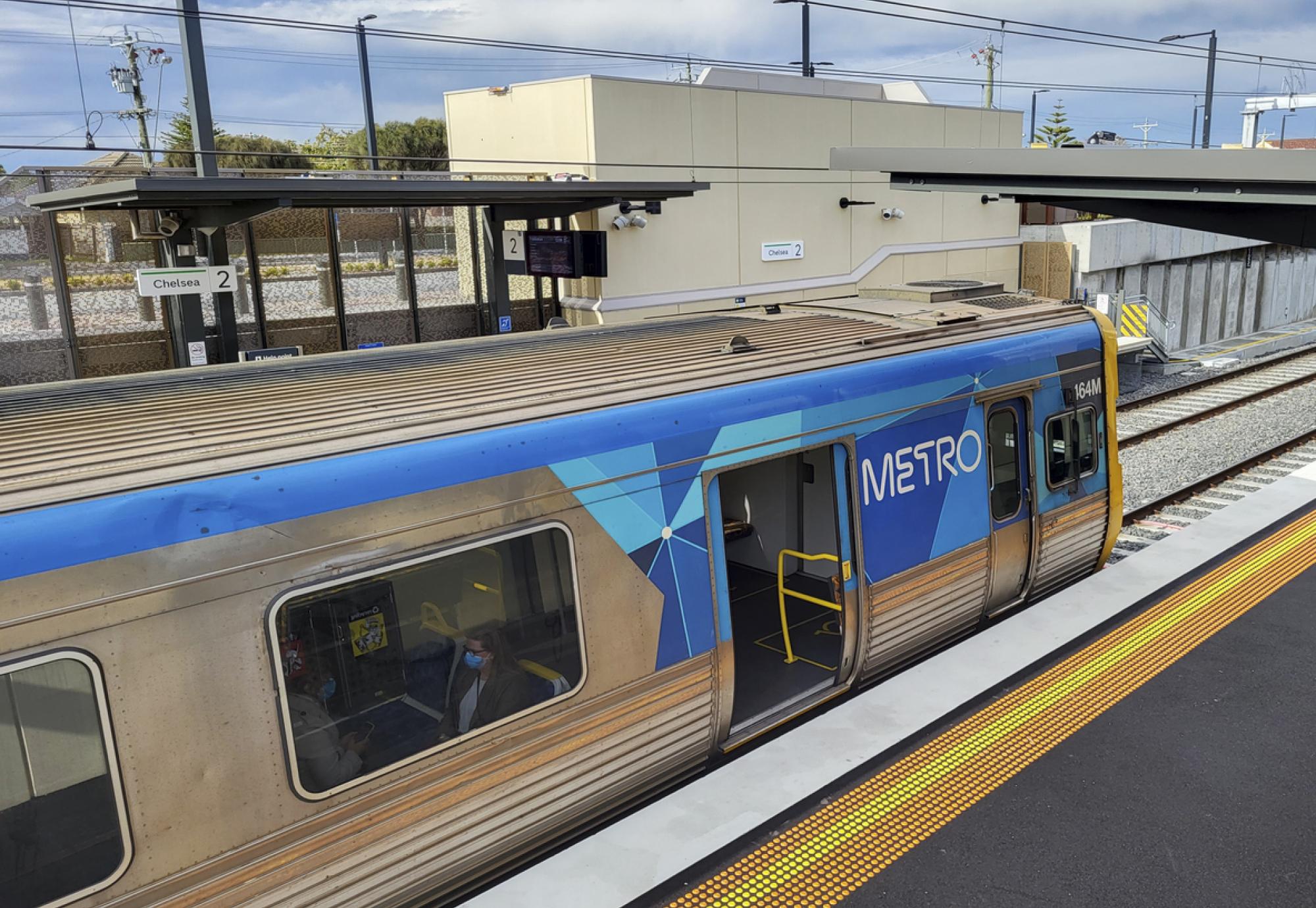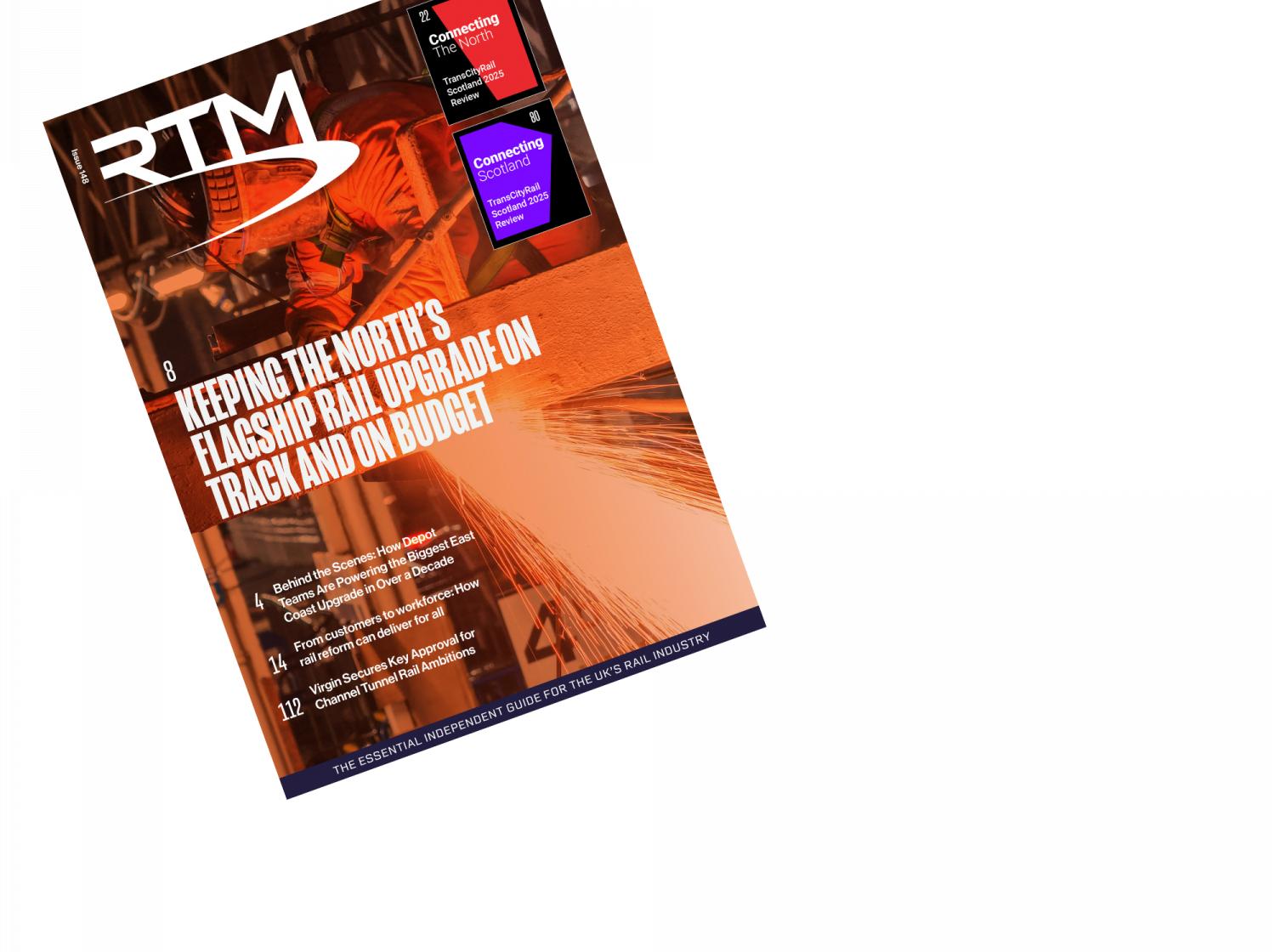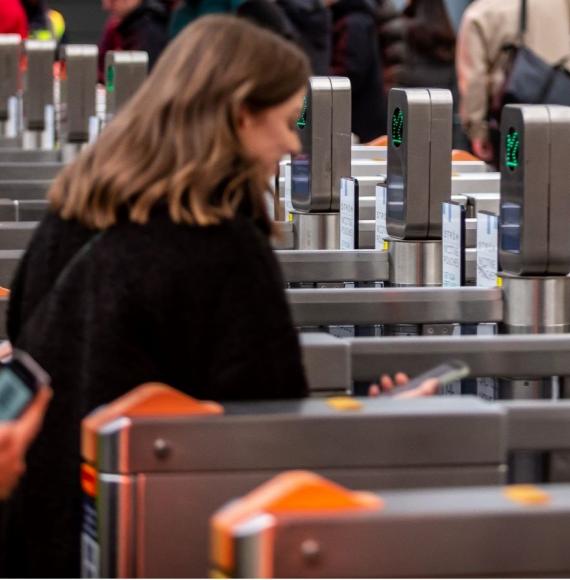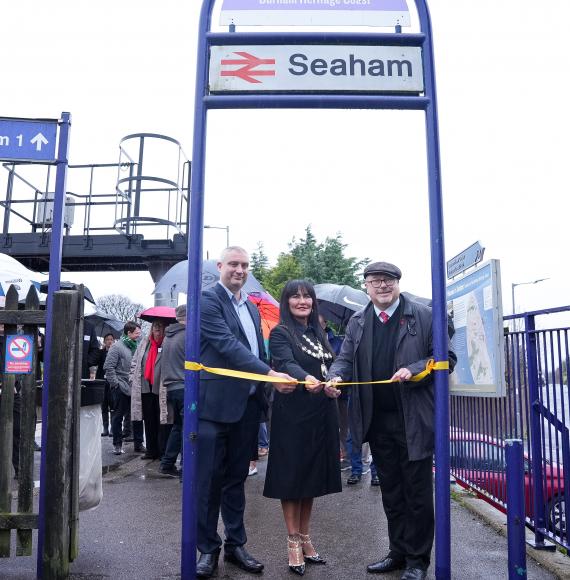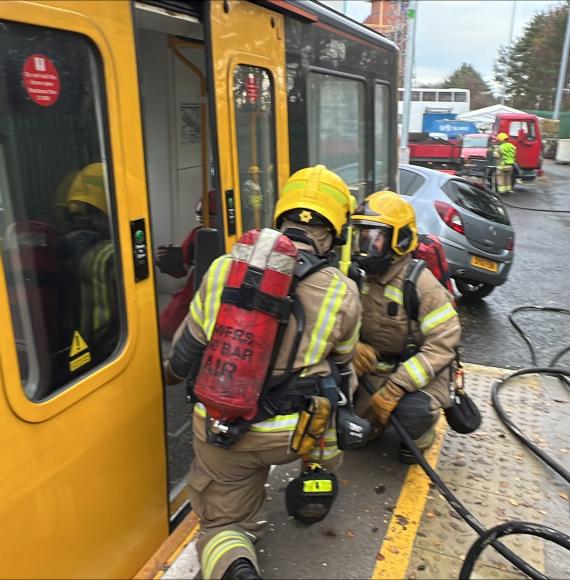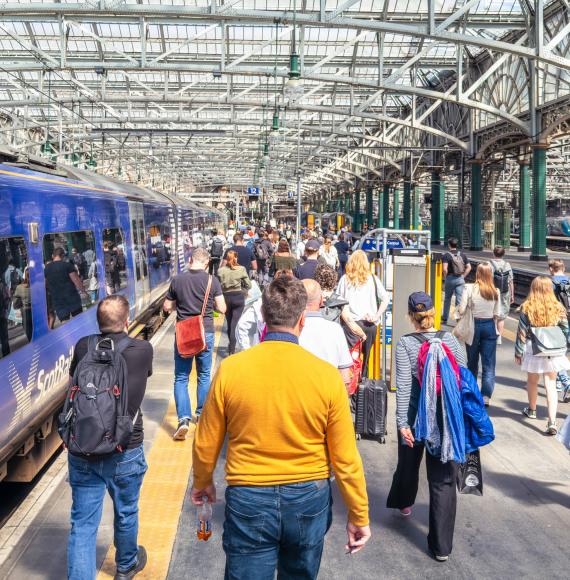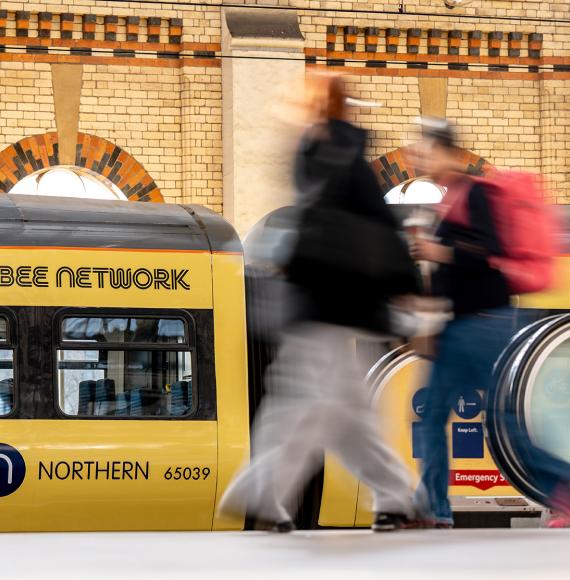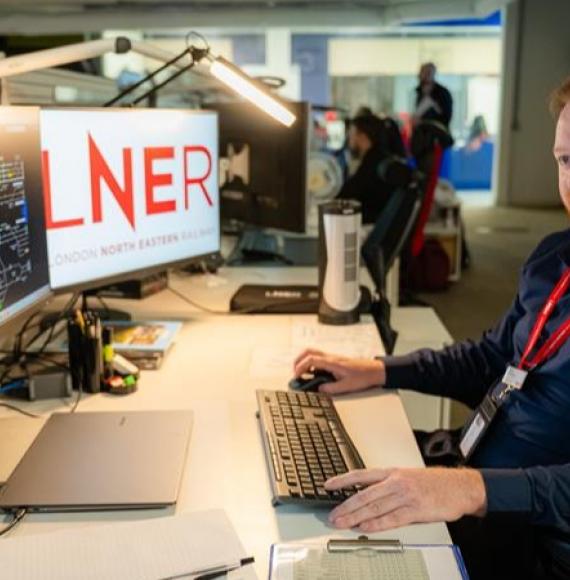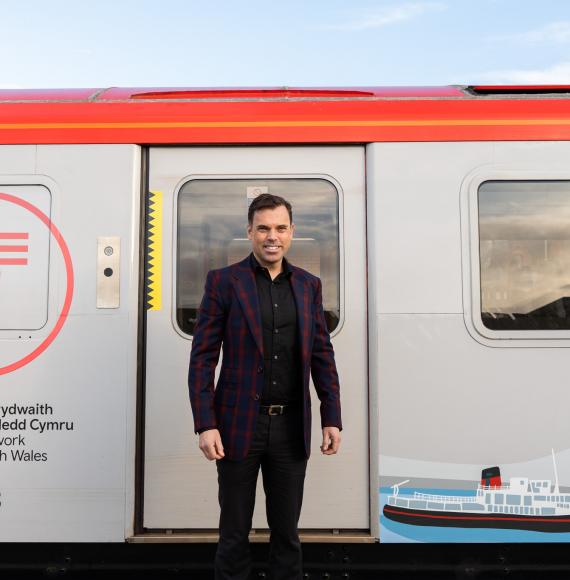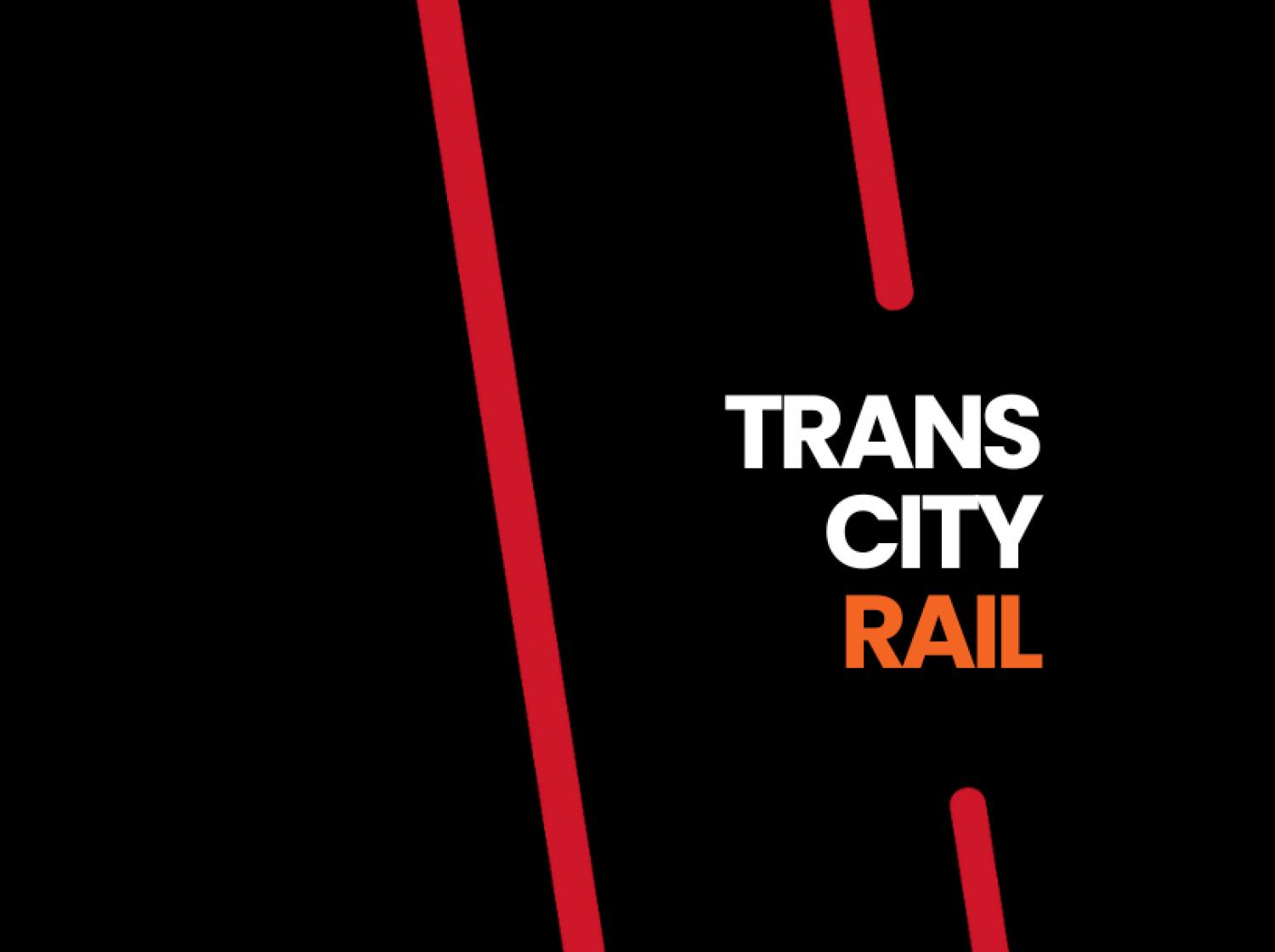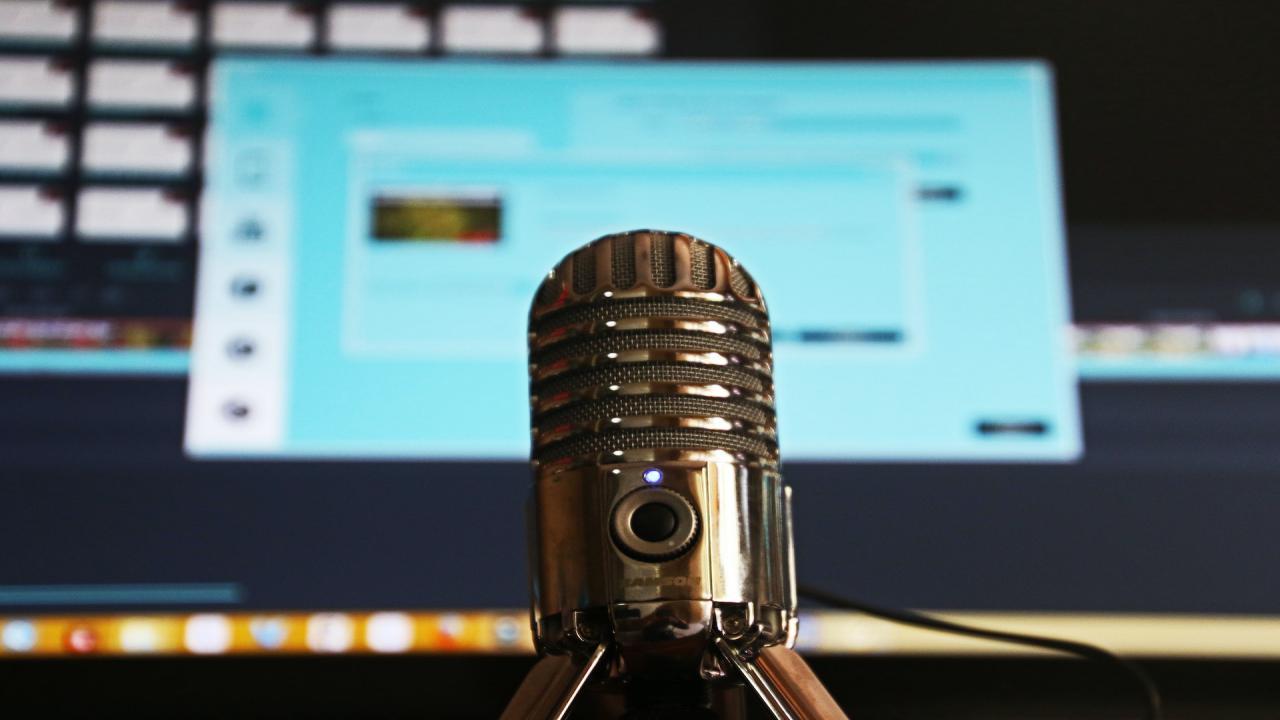Melbourne's new Metro Tunnel has reached another major milestone with the introduction of High Capacity Signalling (HCS) to the Cranbourne/Pakenham Line. HCS is a state-of-the-art signalling system that will allow trains to run closer together and more often, improving service frequency and reliability.
HCS is similar to adaptive cruise control in cars, tracking the location and speed of trains in real time to ensure safe distances and speeds. It is the first time in Australia that HCS has been retrofitted to an existing network.
Currently, there are 17 passenger services a day using HCS on the Cranbourne/Pakenham Line. This number is expected to increase in the coming months. When the Metro Tunnel opens in 2025, trains on the new Cranbourne/Pakenham to Sunbury Line will use a mix of HCS and conventional signalling, and will exclusively use HCS when travelling through the Metro Tunnel and its 5 new underground stations.
In addition to HCS, the Metro Tunnel is also undergoing maximum speed testing. Trains are currently being tested at speeds of up to 80km/h, up from the initial testing range of 5km/h to 25km/h. This development follows the first phase of testing in July, which saw two HCMTs travel 1.7km to Anzac Station after entering the twin 9km tunnels at the South Yarra tunnel entrance.
The Victorian Government has stated that the majority of testing will continue at speeds up to 80km/h for the rest of 2023. Testing will go on in stages to make sure the Metro Tunnel's intricate systems are compatible with the project's new HCMTs and with the current signalling system throughout the larger network.
The Metro Tunnel is a $11 billion project that is scheduled to open in 2025. It will feature five new stations (Arden, Parkville, State Library, Town Hall and Anzac) and twin 9km train tunnels connecting the east and west of Melbourne. The tunnel is expected to carry up to 250,000 passengers per day, reducing congestion on the city's roads and railways.
Photo Credit: iStock

